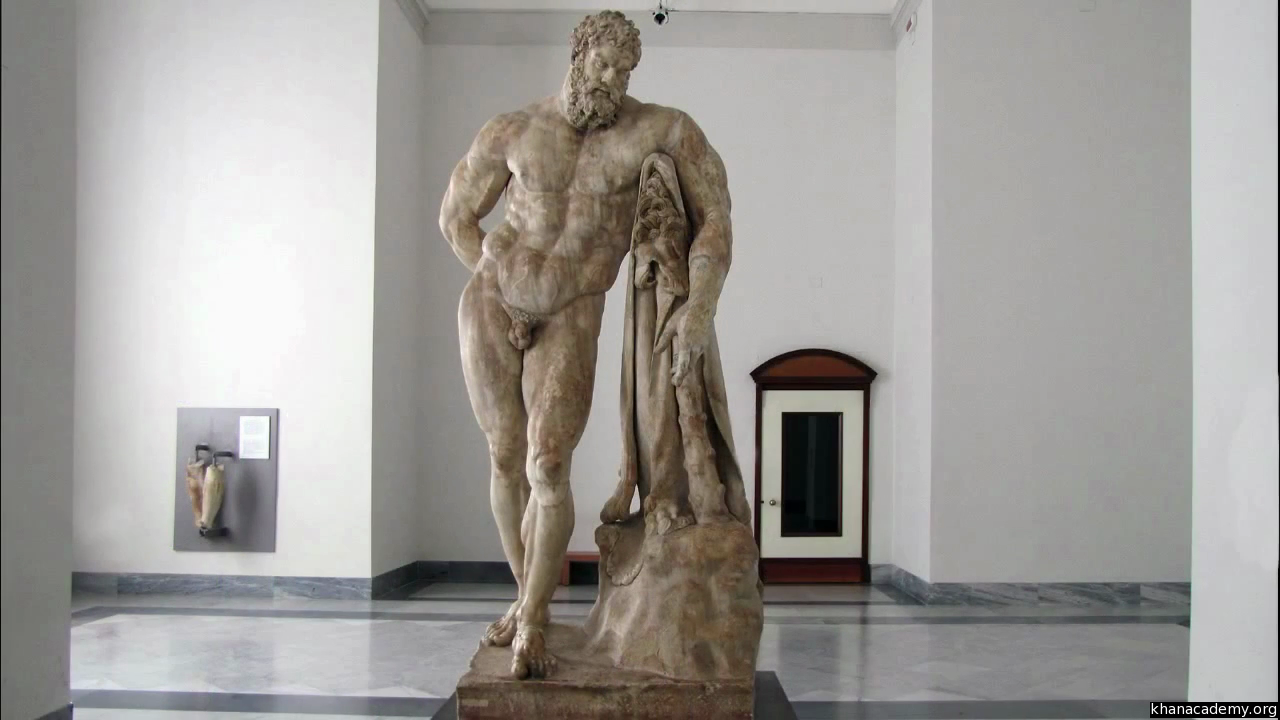June 28
Alright, it’s our last week in Rome and effectively our last
blog post we have to do. To anybody not in the class that has been keeping up,
I hope you’ve been enjoying our little lessons because it’s been awfully fun to
be here! So just as our time in Italy is coming to a close, the time of the
Renaissance has been coming to a close and you know what that means? The
Baroque period is starting to pop up with all its theatrical goodness and joy.
Need I say it again? If it ain’t baroque, don’t fix it! (I’m truly sorry for
saying that again, really.)
Now our first stop for this little trip was the Triton
statue in the Palazzo Barberini. This lovely little statue was made by the same
baroque artist who popped up last week: Gian Lorenzo Bernini! It was
commissioned by his patron, Pope Urban VIII who (if you couldn’t tell by the
Palazzo name) was a Barberini. The statue was suppose to invoke the power and
triumph of Triton that was mentioned in Ovid’s Metamorphoses. The statue itself is a very good representation of the
god; the conch shell is a symbol of him, so naturally he’s blowing out of it to
have water spurt forth (not as high as it once was). He rests on his merman
tail over a base of four dolphins at the bottom of the statue, which has the
papal keys and the Barberini bees.
We also went to S. Vitale which, while it was not a Baroque
church, it still helped to show some of the same spectacle that the Baroque
period was known for. The church was dedicated to Saint Vitale, who was
martyred by a Roman emperor, but historians have trouble deciding which one. Some
say Nero while others say Marcus Aurelius. The inside has scenes of martyrdoms
of saints.
However, the building that was absolutely the best part of
the day was the Palazzo Farnese. This building, which is the modern French Embassy
to Rome, was the former home of Pope Paul III. While the building itself is
actually a High Renaissance building, much of the interior was edited to fit
more into the Baroque period. Most notably is the Loves of the Gods ceiling
fresco inside, which was painted by Annibale Carraci, a Bolognese painter. He
had multiple apprentices that worked with him, most notably, Guido Reni.
Guide Reni was another Bologese painter that followed
Annibale Carraci to Rome, though the two were always together. Reni was born on
November 4, 1575 to a family of musicians but at age 9, decided to start
apprenticing under Denis Calvaert. At age 20, he and two other painters
switched schools and eventually followed Annibale Carraci to Rome to help him.
After going home for a stint, Reni was then called back to Rome by the Borghese family to paint what is nowadays
considered his masterpiece: the Casino dell’Aurora, which depicts the god
Apollo shooing away the night sky in his sun chariot and allowing Aurora to
take the morning.
Back to the Palazzo Farnese, though, which we unfortunately
couldn’t get pictures of. The two most famous things inside are the Farnese
Hercules, which, while isn’t exactly Baroque, still follows the Pope’s ideas of
the overall theme of the building. He wanted his home away from the Vatican to contain
many symbols of paganism as a way to escape his daily life of Jesus –
therefore, there are no images of Christianity inside the building. That way,
his Loves of the Gods ceiling fresco makes sense. The piece shows various gods
with their lovers or suitors bit the central most panel is the one everyone
looks at: The Triumph of Bacchus and Ariadne. The image depicts the god Bacchus
and his lover Ariadne being pulled in chariots to their marriage bed after
their wedding. In actuality, the faces of the two are two members of the Farnese
family on their wedding day, leading the room to make even more sense: it was
made in celebration of a wedding.






Comments
Post a Comment